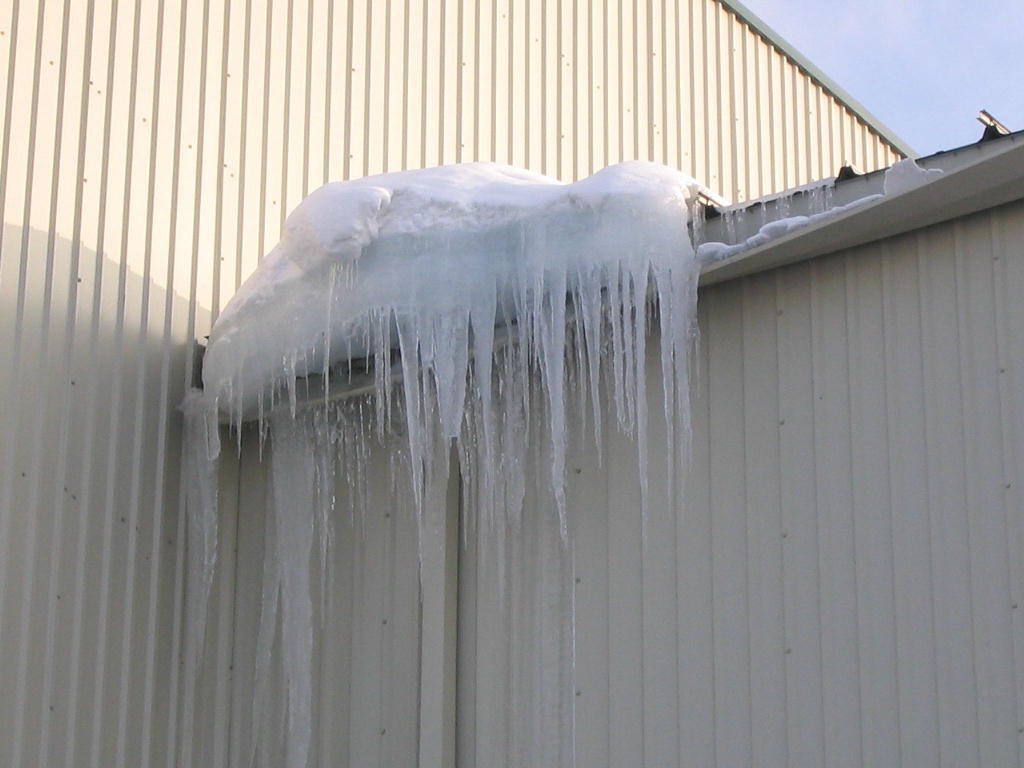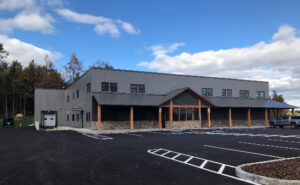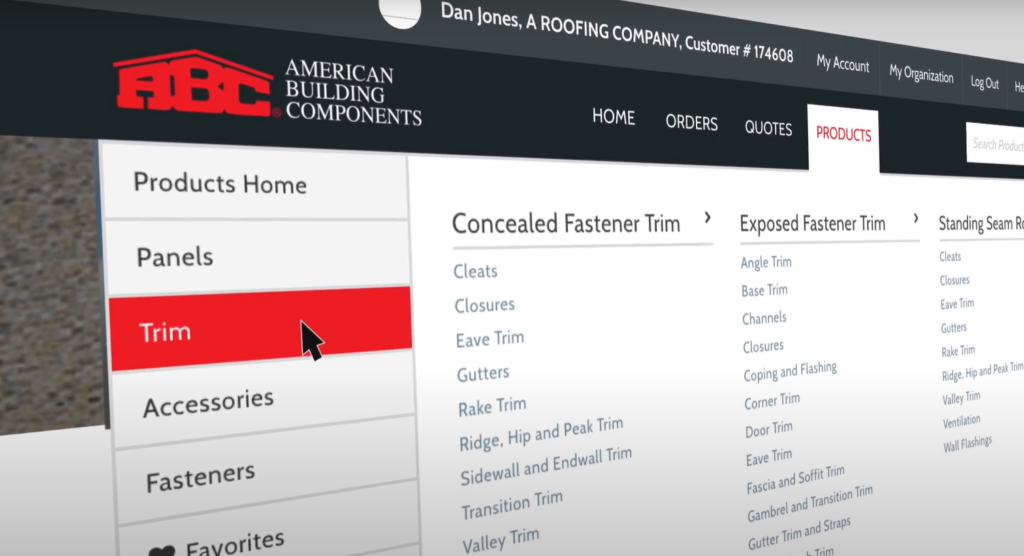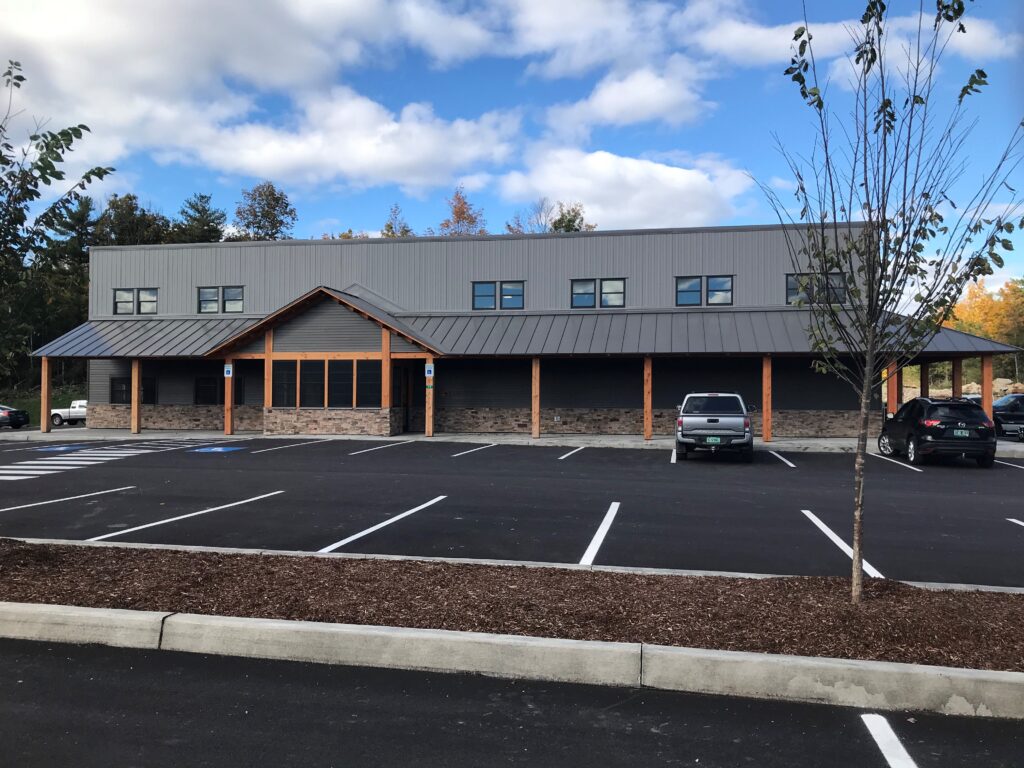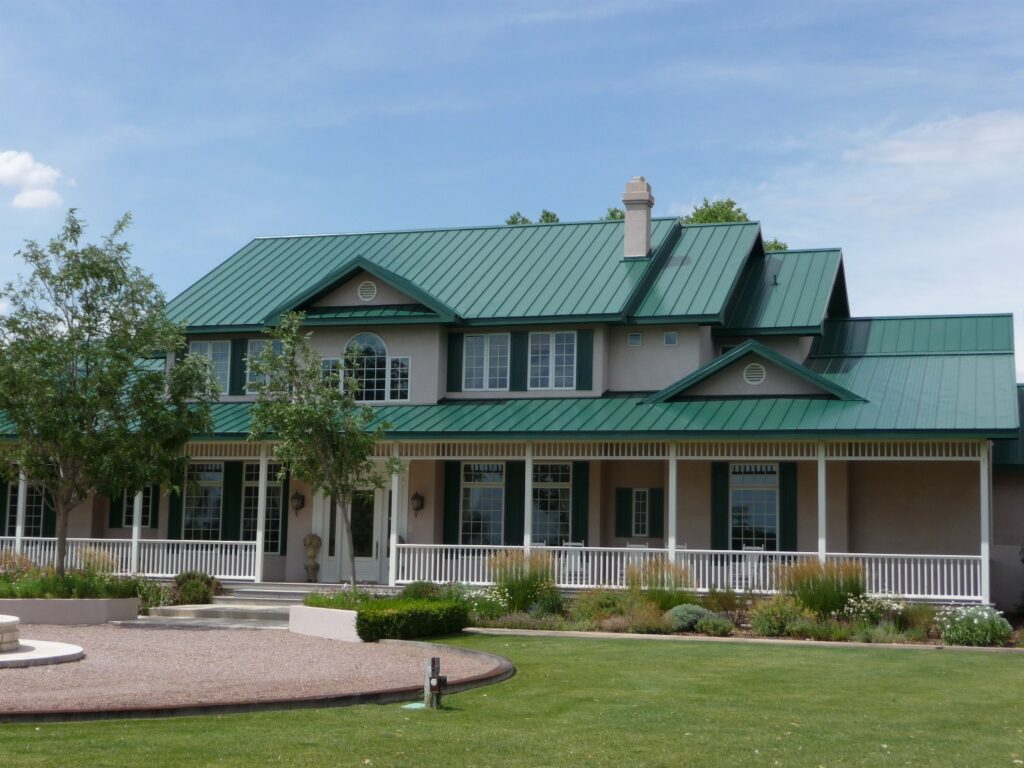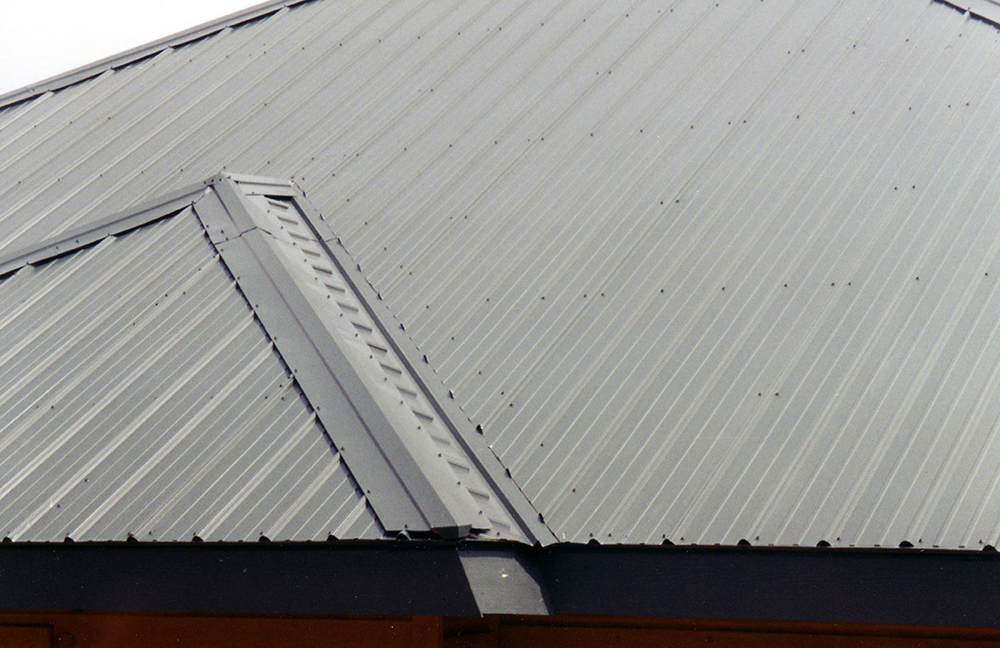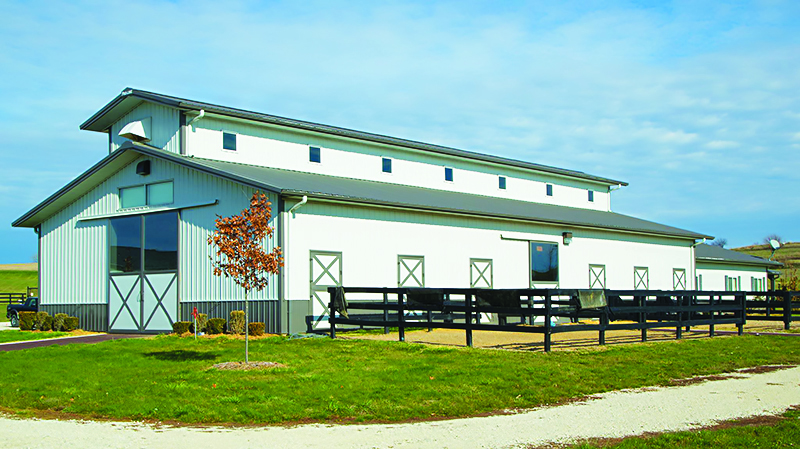This comprehensive guide will help you tackle your spring cleaning like a pro, ensuring your house is in top shape for the sunny days ahead.
Start from the Top: Roof and Gutters
Begin your spring-cleaning journey by doing a thorough inspection of your roof and gutters. It’s essential to look for damaged metal panels, clogged gutters, and any signs of wear and tear that may have developed during the winter months. Fully functioning gutters are essential for directing rainwater away from your home’s foundation, helping prevent potential water damage and costly repairs. ABC provides an array of exceptional products to refresh your roof and make it both aesthetically appealing and extremely durable. We suggest the Slimline® panel, previously known as the SL-16®, which is known for being low maintenance. Additionally, the LokSeam® has become a fan favorite for its longevity as it helps prevent snow damage when properly designed and installed and has a contemporary look, making it a great choice for homeowners who want both functionality and style.
While many primarily focus on cleaning the interior of their homes during the Spring, it’s crucial not to overlook your home’s first line of defense: the roof! While traditional shingles remain a popular choice, it’s worth noting that metal roofing panels can offer up to three times the lifespan of a shingled roof. Their unmatched durability makes them a smart investment for those looking to improve longevity and minimize future maintenance costs.
»Pro Tip: For initial ground-level inspections, consider using binoculars to check for any potential roofing issues before bringing out your ladder.
Check Those Tree Limbs
Spring is the time when trees begin to bud again and regain their foliage, which also means that now is the perfect time to inspect for any damaged or overgrown limbs that could spell trouble for your roof – in particular, branches that are just a little too close for comfort. Trim back any limbs that pose a risk of falling or scratching your roof.
As we embrace the renewal and growth that Spring signifies, we can’t forget that also means unwelcome guests like moss and mold can run rampant if not controlled. These nuisances can damage your roof and siding, leading to reduced energy efficiency and higher utility bills. If you spot this plant or fungus, consult with a professional as soon as possible and consider replacing it with a metal panel for easier upkeep. Our expert team can guide you through the process and provide suggestions tailored to meet your needs.
Consider the Environment
If being eco-friendly is a priority for you and your family, ABC has you covered. Our 2 ½ CORRUGATED panel is one of the most popular products due to its structural stability and strength benefits. For additional tips on how to maintain an environmentally friendly home, be sure to check out the information we’ve shared on Sustainability – consider it your resource for all things green.
As for quick and easy ways to refresh your home’s exterior for Spring, a simple rinse with a garden hose can work wonders for your metal roof and siding, washing away the remnants of winter’s grime. Follow that up with some touch-up paint formulated for metal panels, and you’ll surely see an instant enhancement to your home’s curb appeal. If you want to avoid having to repaint chipped products for years to come, explore the various colors available for our panels. Our wide selection is versatile and fits many homes’ aesthetics. Also, remember to wipe down your windows inside and out for a crystal clear view of the flowers that the Springtime will bloom. You’ll be amazed at the transformation that comes from these seemingly small changes!
It’s important to remember that addressing these issues promptly can save you from hefty repairs down the line. If you’re uncertain about managing these tasks on your own, don’t hesitate to enlist the help of our experts, who can provide you with the guidance you need to take action towards a refreshed home for the season ahead.
Ready to give your home the care it deserves? Let’s quickly go over how to get started with your exterior home Spring Cleaning:
- Start from the top of your home and work your way down. Check your roof for loose metal panels, missing sealants, clogged gutters, or any damage from the winter season.
- Check for moss or fungus on both your roof and siding. Contact a professional to remove the fungus or plant and consider one of our suggested metal panels for a low –maintenance replacement solution.
- Rinse your metal roof and wall panels for a fresh start. Consider replacing damaged siding with a low– maintenance metal panel in a specified color to match your home style.
- Wipe down the inside and outside of your windows.
- Gather and dispose of fall foliage around your home.
- Evaluate if anything needs replacing. If so, give our experts a call today!
By taking these steps, you will not only enhance the beauty of your home but also elevate safety and efficiency as you step into the blossoming Spring season.






